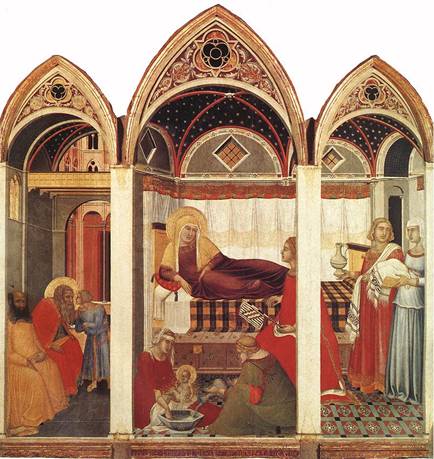(I sat in desk chair to try and imagine what this experience would have been like... go ahead. Try it.)
Turns out these were not just everyday chairs. They were specifically designed for giving birth.

When the time was right, the midwife would require the woman to sit in a chair with a v-shaped rim. In order for there to be no pressure under the woman, the center of the chair was hallow and the back of the chair was slanted so the woman could lean back for more comfort and support. This also gave the midwife easy access to the baby.

Childbirth: Woodcut from Der Swangern Frawen und he bammen roszgarten, by Eucharius Rösslin, 1513.
(An imagine displaying the use of a birthing chair.)
The V-shaped chair was more commonly used on women who had already experienced giving birth. First-timers relied on more comfortable positions.
Sources:
http://www.gallowglass.org/jadwiga/herbs/WomenMed.html
http://www.elenagreene.com/childbirth.html





